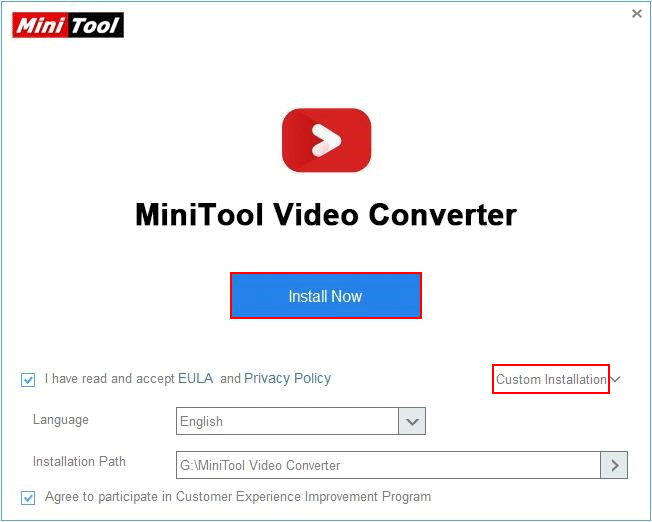

But such method works under certain circumstances, and if the codec of the original video stream is not supported in the target container, file damaging or playback errors will crop up. However, you can try resort to manually change the extension to MP4, which will swap its container, but won't present real effect on the quality of the original file. m4v, the latter being for iOS devices and Apple TV and the former for everything else. In the software, all videos will be exported as either. Unfortunately, you can't export iMovie to MP4 using the latest version of QuickTime (QuickTime Player. QuickTime, developed by Apple Inc., wins a great number of users with its capabilities to handle myriads of formats of digital video, picture, sound, panoramic images, and interactivity. How to Export iMovie to MP4 via QuickTime Step 5: Click Next button, and name your exported file, select an output directory and click Next to save iMovie to MP4. Please avoid selecting the ProRes quality option if you want to export the file as MP4 format, otherwise it will be saved in MOV format. Step 4: In the new pop-up file window, choose Video and Audio as the output format, and adjust resolution, quality, and other parameters accordingly. Step 3: Hit the File button at the top toolbar, and go to Share > File, or you could click the Share icon at the preview window, and then choose the File option in the pop-up dialog.

Step 2: Import your footage into the software. How to Export iMovie to MP4 on Mac via iMovie Thus if finding it inconvenient in this scenario, you can check some of the best video converters for help to convert iMovie to MP4. In case you want to know, as sharing iMovie through email or uploading to YouTube, Facebook, or Vimeo, the iMovie file will be saved as MOV format, which maintains the original video quality yet spontaneously brings up the file size.



 0 kommentar(er)
0 kommentar(er)
